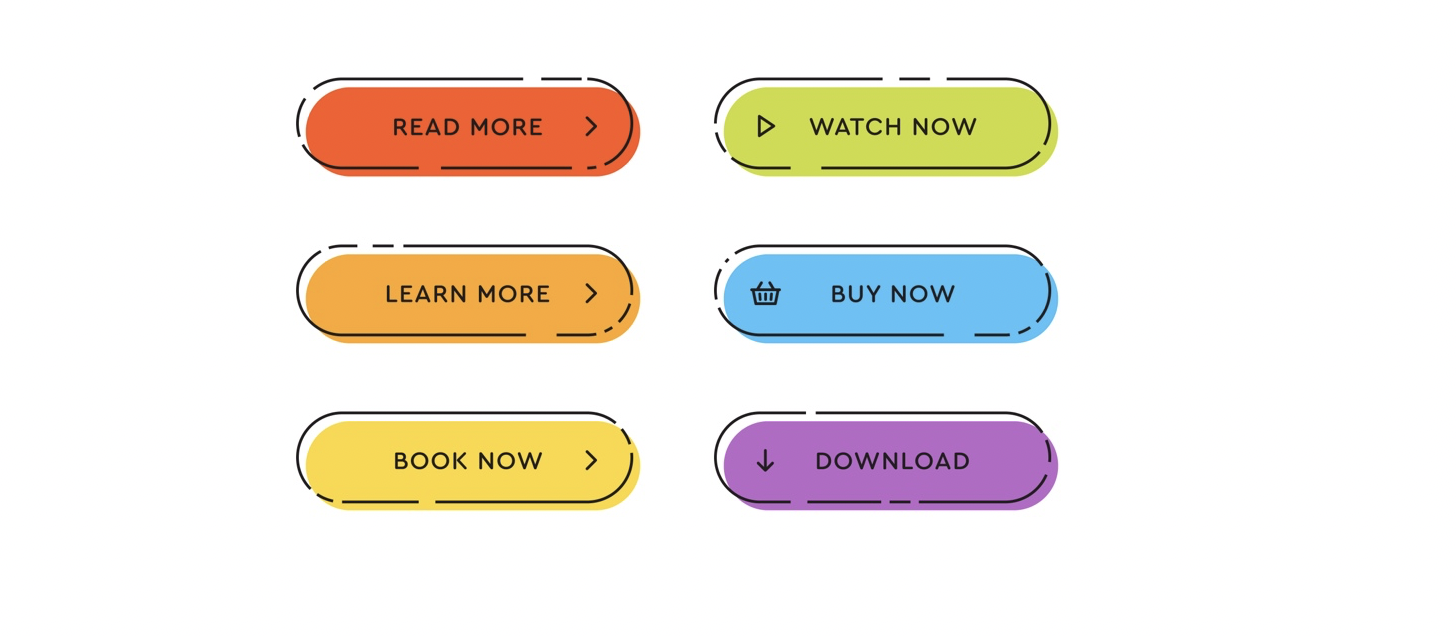In today’s digital age, where competition is fierce and attention spans are fleeting, small businesses face unique challenges in reaching and engaging their target audience. Amidst the ever-evolving landscape of marketing channels, one tool has remained constant in driving results: email marketing. With its unparalleled ability to deliver personalized, targeted messages directly to consumers’ inboxes, email marketing offers small businesses a cost-effective and efficient means of nurturing leads, retaining customers, and fostering long-term relationships.
In this article, we explore the essential strategies and best practices that small businesses can leverage to unlock the full potential of email marketing and achieve success in today’s competitive marketplace. From list building to campaign optimization, we delve into actionable insights and real-world examples that demonstrate the transformative impact of email marketing on small business growth. Join us as we dive into essential components and strategies for successful email marketing tailored specifically for small businesses.
Clear Call-to-Action
- Include a clear and compelling call-to-action in each email, guiding recipients to take the desired action such as making a purchase, signing up for an event, or downloading a resource.
- Use actionable language and visually prominent buttons or links to encourage click-throughs.

Regular Email Sending Schedule:
- Establish a consistent email-sending schedule to keep your audience engaged and maintain top-of-mind awareness.
- Test different sending frequencies to determine the optimal cadence for your audience, whether it’s weekly, bi-weekly, or monthly.
Consistent Branding and Messaging
- Maintain consistency in branding across all email communications, including logos, colors, and tone of voice.
- Ensure that your email messaging aligns with your brand values and resonates with your target audience.
Personalization and Segmentation
- Personalize your emails based on recipient data such as name, location, past purchases, or browsing behavior.
- Segment your email list into targeted groups based on demographics, interests, or engagement levels.
- Utilize dynamic content and behavioral triggers to deliver relevant messages to each segment of your audience.
- Some examples of segmentation:
- New Subscribers vs. Existing Subscribers
- Tailor your messaging accordingly, welcoming new subscribers with introductory emails and providing value propositions to encourage engagement, while nurturing existing subscribers with loyalty rewards or exclusive content.
- Demographic Information
- Customize your email content and promotions to appeal to the unique needs and interests of different demographic groups, enhancing the effectiveness of your campaigns.
- Engagement Level
- Identify highly engaged subscribers who regularly open and click on your emails for special promotions or VIP offers, while implementing re- engagement campaigns for less active subscribers to regain their interest.
- Referral Program Participants
- Send thank-you emails and exclusive rewards to referral program participants for their advocacy and loyalty, encouraging them to continue referring new customers and amplifying word-of-mouth marketing for your business.
- New Subscribers vs. Existing Subscribers
Designing Responsive Email Templates
- Use responsive email templates to adapt to different screen sizes and devices, ensuring a seamless experience for mobile users.
- Maintain brand consistency by incorporating your logo, colors, and fonts into your email designs.
- Test your email templates across various email clients and devices to ensure compatibility.
- It’s important to remember that not all recipients perceive designs in the same way, so it’s crucial to avoid elements like small text and high contrast ratios. Additionally, when using images, including ALT text allows screen readers to accurately describe the image accurately to impaired individuals.
By focusing on these essentials, small businesses can develop a targeted and effective email marketing strategy that not only helps them connect with their audience and drive engagement but also significantly contributes to achieving their business goals. Implementing good email marketing practices can directly impact revenue generation for small businesses in several ways.
Ready to take your email marketing to the next level? Too busy running a business to figure out how to create the perfect email? Contact Coeus Creative Group today to learn how our expert team can help you develop and execute a tailored email marketing strategy that drives results for your small business.
Contact us! At info@coeuscreativegroup.com.
This blog was authored by CCG Marketing Associate Morgan Stickley.
Download this free resource: Email Marketing Essentials for a Small Business
